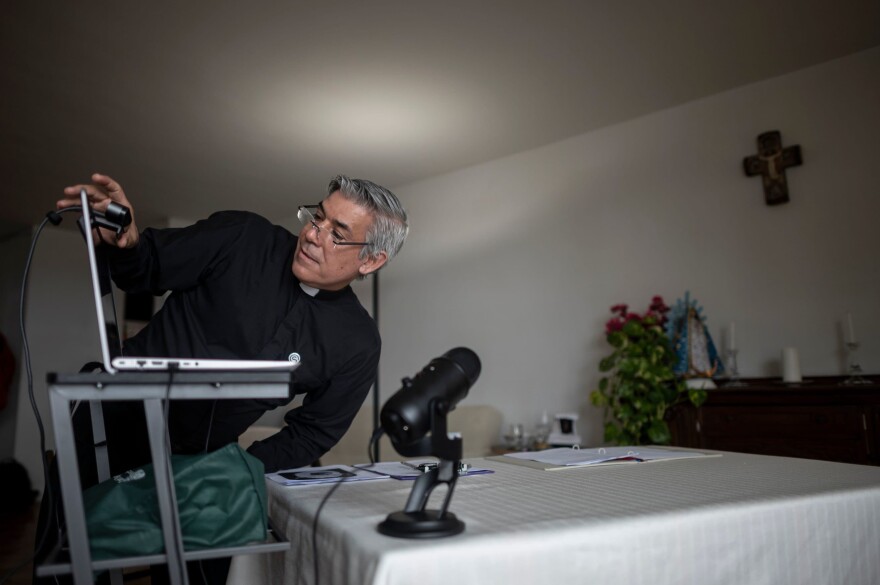Working from home has become the norm for some these last few months, but will it endure after the pandemic? We explore the future of the virtual workplace.
Guests
Cal Newport, professor of computer science at Georgetown University.
Nicholas Bloom, professor of economics at Stanford University. (@SIEPR)
From The Reading List
The New Yorker: “Why Remote Work Is So Hard — and How It Can Be Fixed” — “In the nineteen-sixties, Jack Nilles, a physicist turned engineer, built long-range communications systems at the U.S. Air Force’s Aerial Reconnaissance Laboratory, near Dayton, Ohio. Later, at NASA, in Houston, he helped design space probes that could send messages back to Earth.”
New York Times: “Many Jobs May Vanish Forever as Layoffs Mount” — “Even as states begin to reopen for business, a further 2.4 million workers joined the nation’s unemployment rolls last week, and there is growing concern among economists that many of the lost jobs are gone for good.”
The Guardian: “We’re not all going to be working from home, nor should we. Here’s why” — “Don’t believe everything you hear about working from home. The pandemic has closed offices around the world.”
New York Times: “What If Working From Home Goes on … Forever?” — “Josh Harcus sells robots for a living. Robotic vacuum cleaners, to be specific — a model called the Whiz, which his employer, SoftBank Robotics America, released here last fall.”
The Atlantic: “Work From Home Is Here to Stay” — “‘Are you still working, Doo-Doo?’ This is the interruption that the Stanford University economist Nick Bloom hears several times a day as his 4-year-old daughter runs into his office and summons him to play by using his nickname. It’s just one of the myriad challenges that Bloom says makes working from home less than ideal at the moment. (Another challenge is his two oldest kids’ in-house bagpipe lessons, spurred by Bloom’s Scottish wife.)”
Vox: “The pandemic job divide: Those who can stay safe at home, and those who can’t” — “Joe is one of millions of workers who takes his life into his hands as reopenings around the US mean people are returning to work. At the Target Starbucks where he works, the shifts can be harrowing. The store is crowded. Customers aren’t required to wear masks. The plexiglass sneeze guard only reaches up to his throat.”
Business Insider: “54% of adults want to work remotely most of the time after the pandemic, according to a new study from IBM” — “The coronavirus pandemic has created global shifts in the way people work, shop, and socialize. While not every change created during the quarantined lifestyle of the pandemic will stick, many employees hope that working from home will.”
This article was originally published on WBUR.org.
Copyright 2021 NPR. To see more, visit https://www.npr.org.



